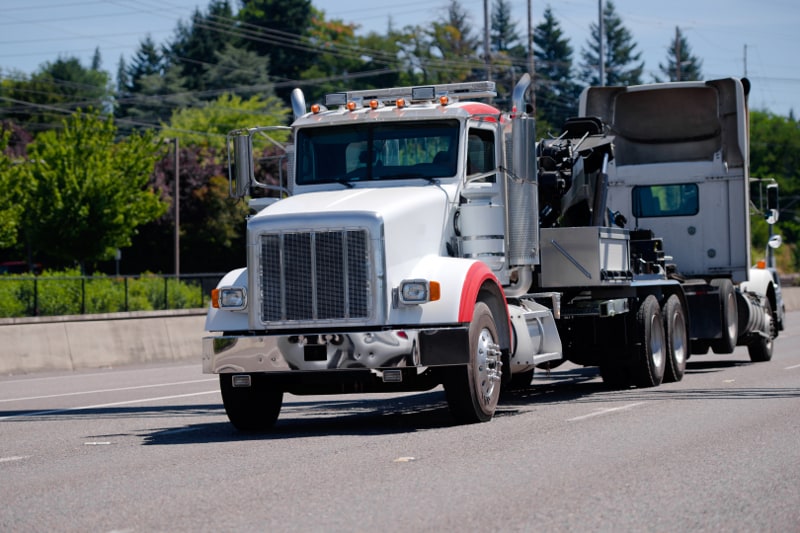
One of the great mysteries surrounding vehicle maintenance is VMRS codes. According to Decisiv, the codes were developed in 1970 by the American Trucking Associations as a “structured coding system that provides a universal language to help fleets, original equipment manufacturers, maintenance personnel and repair shops communicate about, capture and report on maintenance activities.”
To this day, some fleets utilize them, others do not. Even fleets that do utilize them, though, have often wondered how they can help improve operations. On Sunday, at the Technology & Maintenance Council’s (TMC) Annual Meeting & Transportation Technology Exhibition in Atlanta, fleets finally received their answer.
“I talk to fleet managers [around the country] and I see them desperately seeking control [of maintenance],” explained Jim Buell, executive vice president of sales & marketing for FleetNet America.
FleetNet America and TMC have partnered on a new benefit to TMC member fleets – the TMC/FleetNet Vertical Benchmarking Program. The program will provide a quarterly benchmarking reports to all members to allow them to compare their unscheduled roadside repairs with those of comparable fleets.
All members will receive the reports, but fleets that participate in the program by sharing their roadside data will receive more detailed reports, said Robert Braswell, TMC executive director.
And this reporting is all made possible by the often-confusing and misunderstood VMRS codes.
Buell explained that a roadside breakdown costs four times as much as a repair made in the shop. It can also be indicative of other issues, he said. “If you look at what [components are] breaking down on the side of the road, it tells you what your maintenance department is doing,” he observed.
There is no cost to joining the program if you want to participate, Braswell said. A fleet just has to agree to use VMRS codes and provide all data related to roadside breakdowns. The data can then be used to quantify how a fleet’s maintenance program is going, how its purchasing decisions are panning out, and more. Once an area of concern is identified, a fleet can dig deeper into the data and find the root cause.
To illustrate the value, Buell provided some data from the first report, which tracks miles between breakdowns and miles between repairs. The average fleet had a breakdown every 11,594 miles. The best in class fleet, though, reported a breakdown once every 45,560 miles, a significant difference. Tire failures occurred every 35,000 miles for the average fleet, but the best in class fleet suffered a tire failure every 71,000 miles. Similar discrepancies appeared in lighting (60,000 miles vs. 180,000 miles) and brakes (80,000 miles vs. 200,000 miles).
“What it tells me is if one fleet can run 71,000 miles before a tire failure, why can’t every fleet?” Buell asked.
With the data from the report, fleets can compare themselves to peer groups and drill down for more detail, including multiple views of systems, assemblies, by make and by year.
“A best-in-class fleet is running 2 to 4 times better in a particular system, and it’s different fleets,” Buell observed. “One fleet might be best in class in brakes and another is best in class in tires.”
Jack Poster, TMC VMRS services manager, said these reports give fresh insight into VMRS codes.
“Every fleet I know of uses VMRS, but this puts it in action,” he said. “I ask them if they collect all this data, and they do, but what do they do with it? This tool puts it in action. “This gives them a viable way to use their information.”
This first report focused on truckload operations, but Buell said the TMC group would like to explore other verticals such as LTL, flatbed, reefer, tanker and more.
Stay up-to-date with the latest commentary and insights on FreightTech and the impact to the markets by subscribing.







